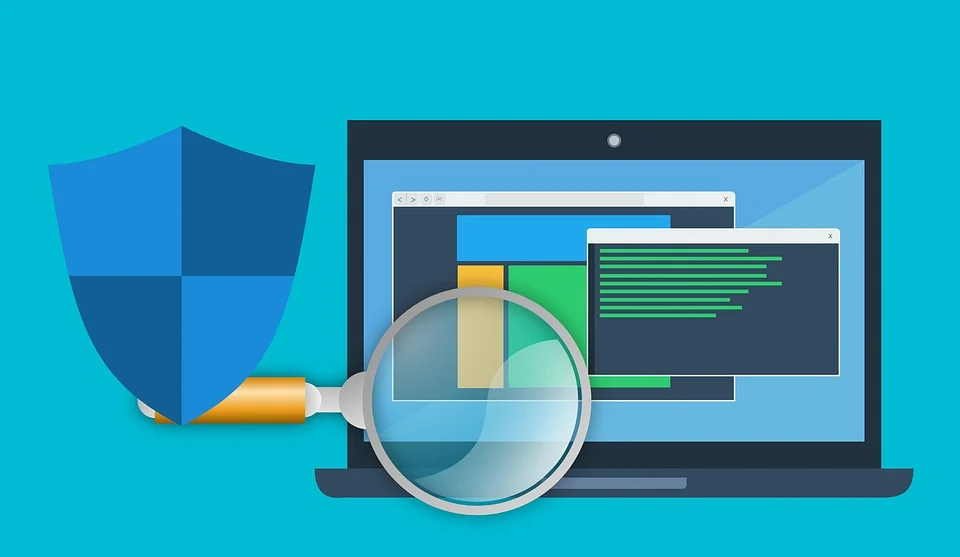Automated Vulnerability Scanning: Importance Differences, Who Needs It, and The Tools

Hackers have found new and innovative ways to exploit the system, software, and network vulnerabilities in recent years, making computer security a major concern. Vulnerabilities are becoming increasingly prevalent as technology advances. This has led to the increased demand for automated vulnerability scanning tools and services.
Automated vulnerability scanning is the process of analyzing a computer system or network for security flaws using a software program. Organizations can use automated vulnerability scanning to discover and repair vulnerabilities before they are exploited by hackers. There are many different types of automated vulnerability scanning tools available, and each has its own benefits and drawbacks.
In this blog post, we will discuss the differences between automated and manual vulnerability scanning, and explain who should use automated scanning tools. We will also provide examples of some of the best-automated vulnerability scanning tools available on the market today.
Why Is Automated Vulnerability Scanning Important?
Automated vulnerability scanning is important because it can help organizations identify vulnerabilities in their systems before hackers have a chance to exploit them. By regularly scanning for vulnerabilities, organizations can fix weaknesses before they are exploited.
In addition, automated vulnerability scanning can save time and money by automating the tasks of manually searching for vulnerabilities. For example, a large organization with thousands of employees may not have the resources to manually scan all of its systems for vulnerabilities on a regular basis. However, by using an automated vulnerability scanner, the organization can quickly and easily scan all of its systems on a schedule that fits its needs.
Automated And Manual Vulnerability Scanning- Key Differences
There are several key differences between automated and manual vulnerability scanning:
- Time: Automated scanning can be completed much faster than manual scanning. This is because automated scanners can scan large networks and systems in a matter of minutes or hours, whereas it would take human days or weeks to manually scan the same number of systems.
- Accuracy: Automated scanners are generally more accurate than manual scanners. This is because they use predefined rules to identify vulnerabilities, and they are not susceptible to human error.
- Cost: Automated scanning can be more cost-effective than manual scanning, especially for large organizations with thousands of employees. This is because automated scanners can be purchased once and used repeatedly, whereas manual scanners must be hired on an ongoing basis.
What Organizations Need Automated Vulnerability Scanning?
Automated vulnerability scanning is a valuable tool for any organization that wants to improve its security posture. However, there are some organizations that need automated scanning more than others.
For example, large organizations with thousands of employees and hundreds of systems may not have the resources to manually scan all of their systems on a regular basis. In this case, automated scanners can be used to quickly and easily scan the entire network for vulnerabilities.
In addition, organizations that handle sensitive data (e.g., credit card information or personal health records) may be required by law to regularly scan their systems for vulnerabilities. If you don’t comply, you’ll be fined or subjected to other restrictions.
What Are The Advantages Of Automated And Manual Vulnerability Scanning?
There are many benefits to using both automated and manual vulnerability scanning.
Automated scanners can quickly and easily scan large networks for vulnerabilities, and they are generally more accurate than manual scanners. In addition, automated scanners can be purchased once and used repeatedly, which can save organizations time and money.
Manual scanners have the benefit of being able to provide more customized results. For example, a manual scanner can be configured to focus on a specific type of vulnerability (e.g., SQL injection) or a specific system (e.g., the organization’s website). This allows organizations to tailor their scanning efforts to their specific needs.
What Does An Automated Vulnerability Scanning Report Look Like?
An automated vulnerability scanning report typically includes the following information:
- A list of all the vulnerabilities that were found
- A description of each vulnerability
- The severity of each vulnerability
- Instructions on how to fix each vulnerability
Best Automated Vulnerability Scanning Tools?
There are a number of different automated vulnerability scanners on the market, and it might be tough to pick the best one for your organization. Some factors you may want to consider include the size of your organization, the types of systems you need to scan, and your budget.
Here are a few popular automated scanners:
- Astra’s Pentest Suite
- Nessus
- QualysGuard
- Retina CS Community
- SAINT
- Core Impact
- GFI LANguard
- MBSA from Microsoft Baseline Security Analyzer
Each of these scanners has its own strengths and weaknesses, so it’s important to choose one that will fit the specific needs of your organization.
Final Thoughts
Automated vulnerability scanning is a useful instrument for any business looking to strengthen its security posture. Automated scanners may quickly and simply scan vast networks for flaws, and they are generally more reliable than manual scanners. Furthermore, automated scanning programs may be purchased once and used repeatedly, which can save companies time and money.




